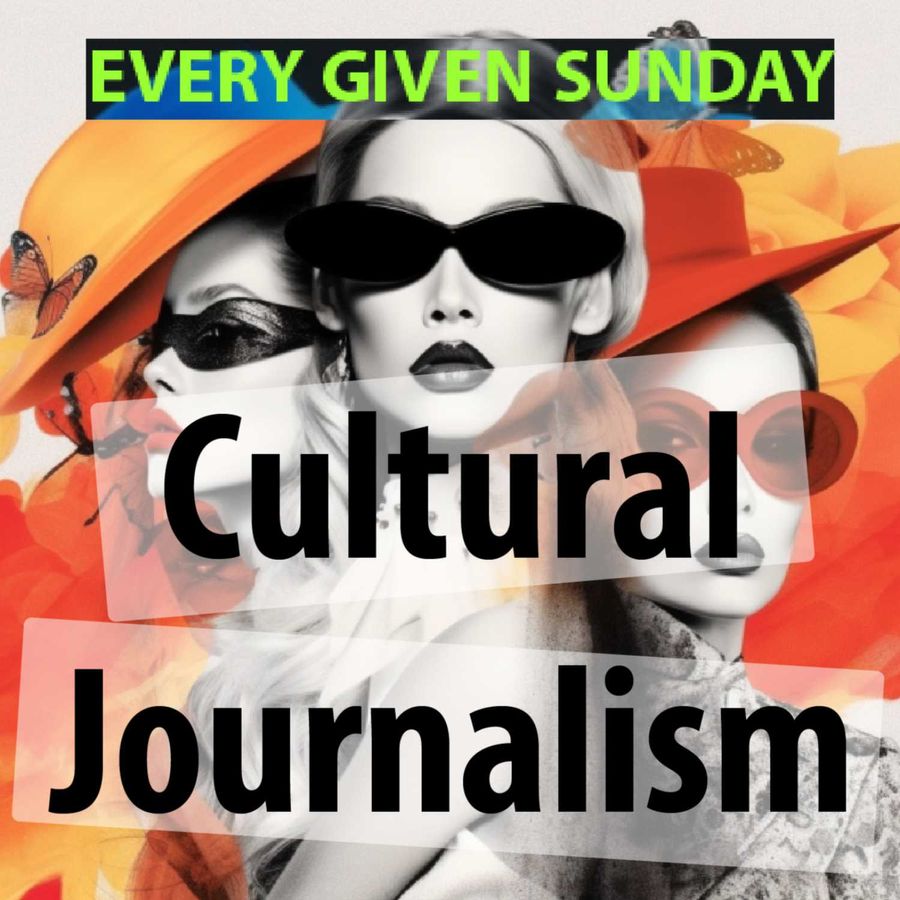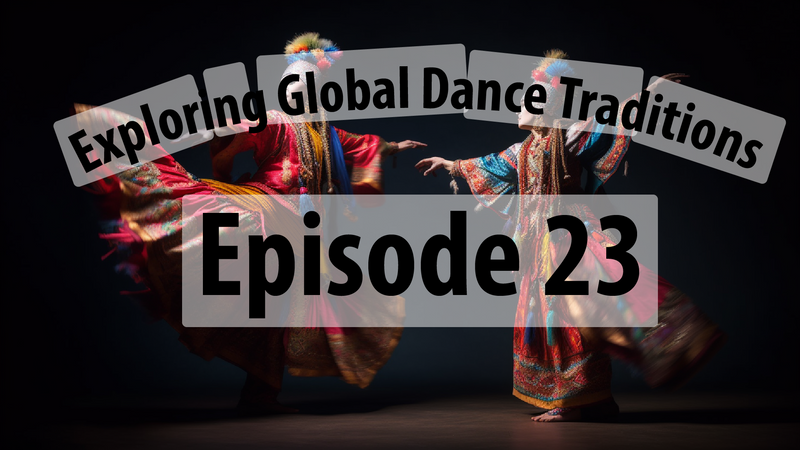Unmasking the Illusions: Unraveling Global Dance Traditions
In the realm of human expression, dance holds a unique position. It transcends language barriers and cultural boundaries, intertwining movement, rhythm, and emotion into a captivating spectacle. Exploring the global tapestry of dance traditions, one encounters a rich mosaic of artistic forms, each bearing the mark of its unique cultural heritage. However, behind the allure and enchantment lies a tangled web of narratives, myths, and misconceptions that demand closer scrutiny. In this article, we shall delve into global dance traditions with an unapologetic pursuit of intellectual rigour, critically examining the conventional wisdom surrounding this subject and challenging it with historical references and intelligent analysis.
The Dance of Origins:
It is often assumed that dance emerged as a universal human expression, an innate impulse tied to our primal instincts. While this idea may be romantic, it oversimplifies the intricate historical and cultural factors that shaped dance traditions worldwide. The origins of the dance are not easily discernible, as its evolution is entangled with the development of human societies.
To understand the complexities of dance's origins, we must look beyond popular notions and turn to the archaeological record. Ancient cave paintings and artifacts reveal traces of early rhythmic movements, suggesting that dance rituals may have been integral to prehistoric human cultures. However, attempting to pinpoint a single birthplace or original dance form is futile, as dance likely arose independently in various regions of the world.
Exploring Cultural Context:
A critical examination of global dance traditions necessitates understanding the historical and cultural contexts within which they evolved. Dance serves as a mirror, reflecting a particular society's values, beliefs, and social dynamics. However, the unquestioning celebration of dance as a pure representation of culture risks glossing over uncomfortable truths.

Take, for instance, the exoticization of certain dance forms. The Western gaze has often romanticized and fetishized dances from non-Western cultures, reducing them to mere spectacles for entertainment. This appropriation and commercialization of dance perpetuates harmful stereotypes and robs these art forms of cultural significance. By critically engaging with dance traditions, we can navigate beyond superficial narratives and gain a more nuanced understanding of their true essence.
The Political Choreography:
Behind the grace and beauty of dance lies a world of power dynamics and political influences. Throughout history, rulers and elites have recognized the potential of dance as a tool for propaganda and control. From the courtly ballets of Louis XIV to the socialist realist dances of the Soviet Union, choreography has often been harnessed to reinforce political narratives and maintain social order.
By examining the historical context in which certain dance forms emerged, we can uncover the hidden layers of political choreography. The deliberate promotion or suppression of specific dance traditions sheds light on the interplay between art and power. Challenging conventional wisdom demands unmasking these hidden agendas and acknowledging dance as a powerful instrument of political manipulation.
Dance as a Site of Resistance:
While those in power have frequently co-opted dance, it has also served as a potent form of resistance and cultural preservation. Oppressed communities throughout history have turned to dance to assert their identities and reclaim their agency. From the African diaspora's vibrant dances challenging slavery's shackles to the subversive movements of contemporary urban dance, the liberation struggle often finds expression through dance.
By embracing a critical lens, we can recognize the agency inherent in dance traditions that defy conventional norms. These forms of resistance challenge the dominant narratives, disrupting established power structures and fostering social change. Engaging with dance in this way allows us to appreciate its capacity for empowerment and subversion, breaking free from the confines of superficial entertainment.
Conclusion:
In our exploration of global dance traditions, we have encountered a multitude of narratives, complexities, and contradictions. Like any art form, dance is a product of its historical, cultural, and political contexts. By challenging conventional wisdom and delving deeper into its origins, cultural context, and political dimensions, we can unravel the illusions that surround dance.
Let us move beyond the surface-level enchantment and engage with dance traditions critically, appreciating their rich historical tapestry while questioning the power dynamics that shape them. In doing so, we can embrace a more nuanced and authentic understanding of dance, recognizing its potential as a catalyst for social change and an enduring expression of human creativity.


